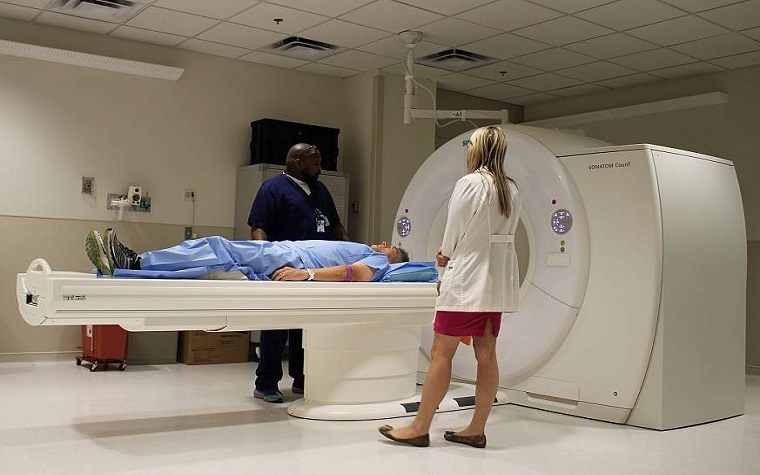
One of the newest innovations in medical technology is the computerized tomography (CT) scanner -- also called a photon-counting detector CT scanner -- which is being used by clinicians at three sites around the world, including the Clinical Center at the National Institutes of Health (NIH).
Currently in the prototype phase, researchers anticipate that the scanner will produce images of comparable quality to images from a conventional CT scanner. Furthermore, the new scanner could allow health care providers to get a closer look inside a patient's body using multi-energy imaging, which requires a minimal amount of radiation.
The NIH's David Bluemke, chief of the Department of Radiology and Imaging Sciences, is heading the research, which will span five years.
“The NIH Clinical Center has helped shape and share research advances and health care for decades,” Bluemke said. “Now is an exciting time for us and for our study participants here in the Clinical Center as we help test and develop this CT technology, so that it may one day help patients around the world and impact the health care they receive.”
The new technology will also help doctors identify materials in the body with anatomic precision, as different materials in the body can be displayed in different colors for faster diagnosis. Additionally, the scanner can be used for the identification of tumors, plaques and vessels -- even those that measure less than a half-millimeter. Soft tissues like proteins, tendons and collagen will also be more quickly and definitively identified.
Thousands of patients are seen every year at the NIH Clinical Center; many of those patients will be tested with the new scanner. The investigational research will be conducted through a partnership between Siemens Healthcare and the NIH's CT technology researchers.